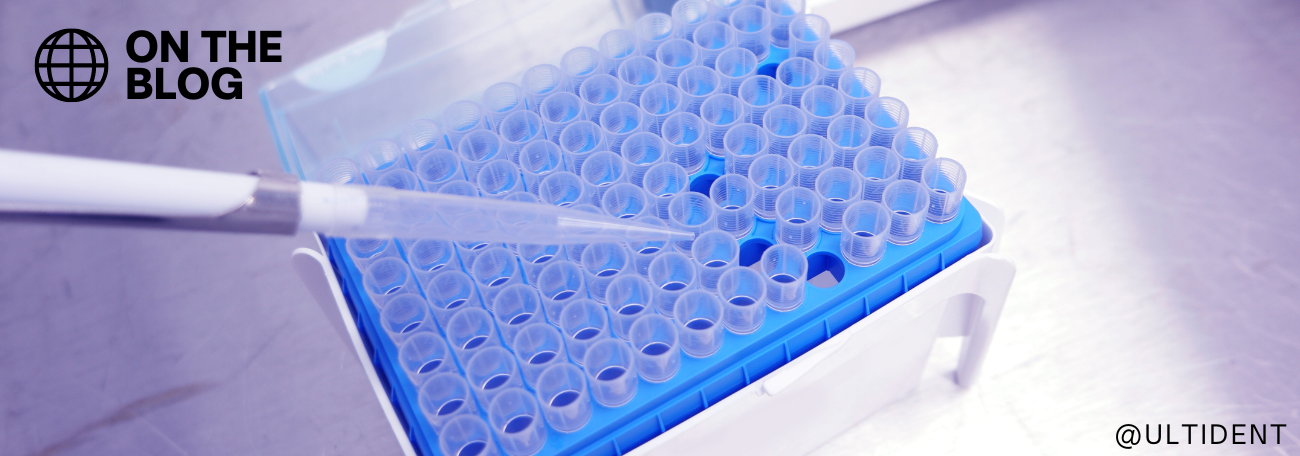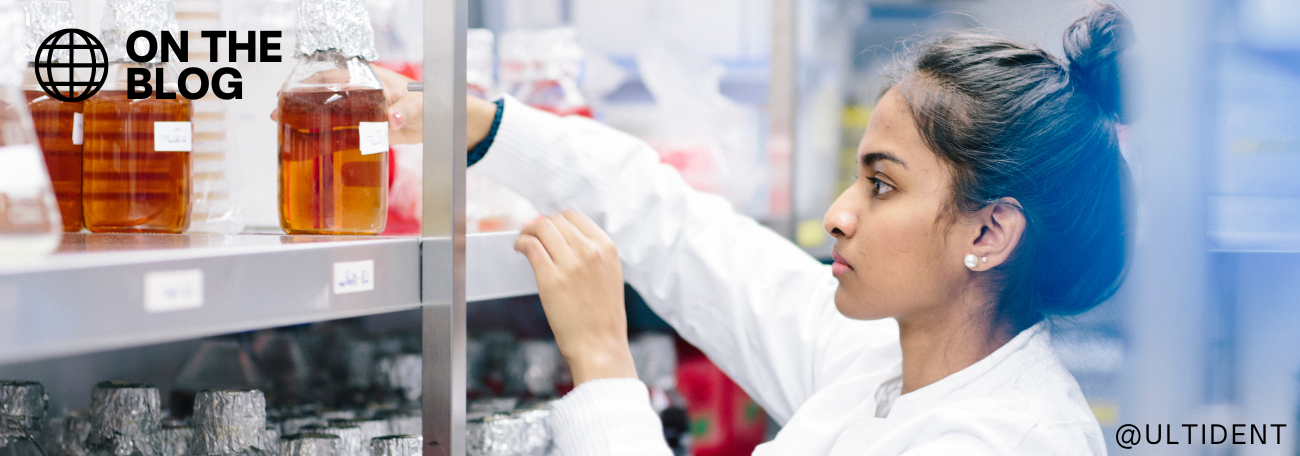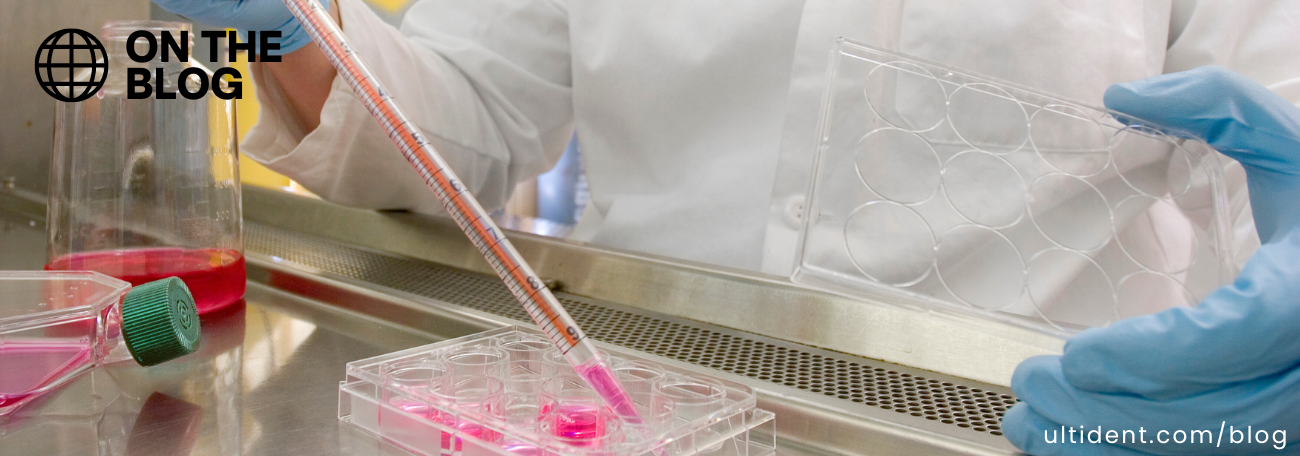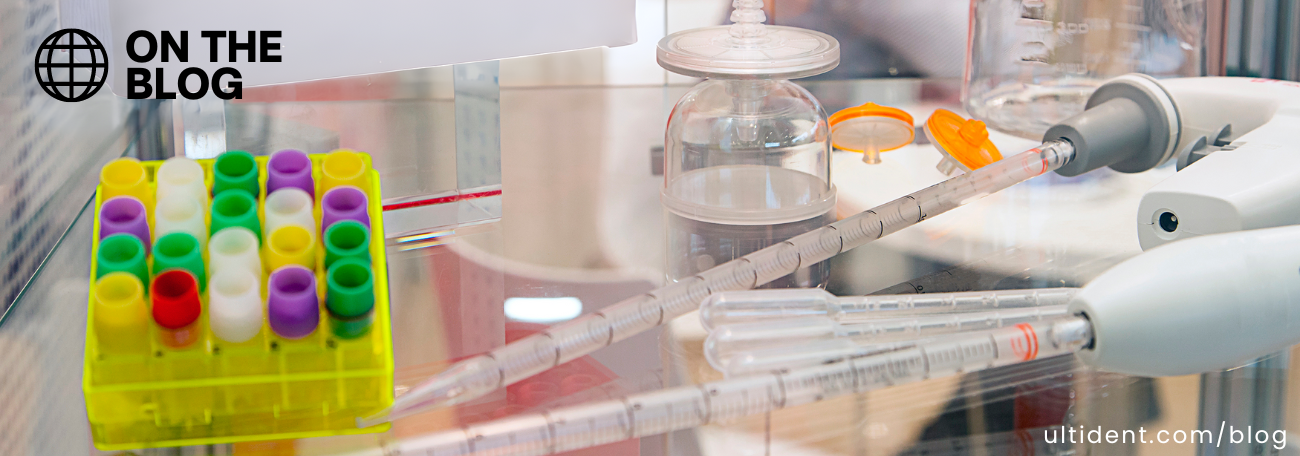On the Blog
-
19 JunRead more »


Celebrating Interdisciplinary Research: 5 Collaborations That Prove We Go Farther Together
Interdisciplinary collaboration has become a driving force in scientific research, allowing experts from diverse fields to join forces and tackle complex problems. By integrating knowledge, methodologies, and perspectives, interdisciplinary collaborations generate innovative solutions beyond individual fields' limitations.
In this article, we celebrate five examples of interdisciplinary research that prove "we go farther together." These collaborations have made significant breakthroughs in brain-computer interfaces, climate research, space science, genomic research, and cancer research, offering promising pathways to a brighter future.
1. Brain-Computer Interfaces (BCIs):
-
10 MayRead more »


Selecting the Perfect Pipette Tip: Purity Requirements, Low Retention, Aerosol Barrier Filters, Universal Fit and Packaging Considerations
Selecting the right pipette tips can be crucial for achieving accurate and efficient laboratory work. In this blog, we will delve into some of the most critical characteristics of pipette tips, including sterile and non-sterile options, low retention properties, aerosol barrier filters, universal fit tips and the advantages of different packaging formats.
1. What are the most important factors when choosing sterile vs. non-sterile pipette tips?
Choosing between sterile and non-sterile pipette tips depends on the specific requirements of your application and the level of contamination control needed. It is, however, essential to remember that not all sterile tips are created equal.
· Quality control:
Tip manufacturers regularly check the quality of their products and validate their sterilization procedures.
-
27 MarRead more »


Upgrading Your Lab: The Benefits of Investing in Benchtop Equipment
While upgrading your equipment may seem like a significant expense, using old equipment may cost you in more ways than one. This article will explore the benefits of updating your lab's benchtop equipment.
1- Reduced maintenance costs:
- Investing in new equipment, which is often more durable and reliable, can save you money in the long run by reducing the need for maintenance and repairs on old or low-quality equipment, which will eventually need to be replaced. Frequent breakdowns can also result in lost productivity, impacting your bottom line.
- New equipment is often designed to be maintenance-free or sold with a warranty, which can eliminate unexpected expenses related to the operation of your tool.
- Newer equipment may also be more energy-efficient, which can help reduce your overall operating costs.
2- Time-saving and increased efficiency:
-
2 MarRead more »


Maximize Your Lab’s Potential With Proper Storage of Laboratory Supplies
Have you ever had to deal with expired or contaminated laboratory supplies? If so, you know how frustrating it can be to repeat an experiment or waste time and money replacing your supplies. The solution is simple: proper storage. This article explores the importance of adequately storing laboratory supplies and offers tips for adequate storage and handling.
Why proper storage is so important:
1- Protect the integrity of your results:
When it comes to laboratory supplies, the key to achieving accurate results is not just in the quality of the supplies themselves but also in how they are stored. Incorrectly stored supplies can become contaminated due to exposure to dust, moisture, heat, and other environmental factors. Using contaminated supplies can produce inaccurate results or compromise the integrity of numerous samples and instruments.
2- Improve the s
-
3 FebRead more »


Science in the Digital Spotlight: The Impact of Social Media on Scientific Progress
The age of social media has brought about a new era in scientific communication and collaboration. Academics are increasingly turning to platforms like Twitter and LinkedIn to share their work with others, connect with colleagues, and engage with a broader audience. In this blog post, we'll explore the impact of social media on scientific progress and provide insights on how to make the most of this powerful tool.
Benefits
Social media offers a unique opportunity to source data, advertise for research participants, and present new information. And with web-based broadcasting becoming the standard means of educating the public, researchers can expand their work's readership (and impact) far beyond what was previously possible. Expansion of communication and knowledge about scientific issues can also increase pressure on government bodies to prioritize matters of importance,
-
1 NovRead more »


How To: Select a PCR Plate for Your Thermal Cycler
PCR technology is one of the most prevalent yet powerful molecular biological tools at our disposal. Despite our familiarity with the technology, selecting the right consumables for PCR analysis can remain a challenge. We are going to break down the different attributes to help you identify the best PCR/qPCR plastics for optimal performance.
While we provide some selection tips in this article, it’s important to remember that the plate you select ultimately needs to be compatible with your thermal cycler or sequencer. Compatibility with your equipment is the most important consideration when selecting a plate.
1- Size
Well Count: PCR plates are available in a range of formats, at Ultident, we sell plates with 24, 48, 96 and 384 wells, however 96 and 384-well plates are the most used in Canada. We also carry perforated plates that can be easily divisible into strips of 8. Regardless o
-
3 OctRead more »


Research Advances in Breast Cancer Treatment
Did you know October is breast cancer awareness month? This year we decided to take a look at the most advanced treatment methods for breast cancer, developed by researchers like yourself. These technological advances not only improve the precision and effectiveness of treatment, but improve the quality of life for patients and offer hope for a cure.
Before we dive into the latest research advances in breast cancer treatment, it’s important to remember that there is not one standard treatment plan for all who are battling breast cancer. There are multiple factors to considered, such as
- The stage of breast cancer a patient is diagnosed with
- The patient’s age (pre- or post-menopause)
- The status of hormone receptors and HER2 status (The HER2 protein promotes the growth of cancer cells)
- The patient’s overall health
After weighing all these
-
6 SepRead more »


The Importance of Laboratory Science in Schools
For students from kindergarten to high school graduation, hands-on laboratory experience is fundamental to the learning process. The critical thinking and problem-solving skills gained in these experiential learning activities will follow the students long after they've left the classroom, regardless of their career paths. In this month’s blog, we dive into the multiple benefits of laboratory learning in schools.
1- Seeing is Believing
Science requires a thorough understanding of matter, life, physical, chemical and biological processes that are not necessarily tangible, or visible to the naked eye. Observing and participating in lab experiments offers a well-rounded comprehension of concepts that can be difficult to grasp, giving access to an otherwise inaccessible knowledge. A well equipped lab with clearly defined learning outcomes increases ease and interest in the learning process for both t
-
15 JulRead more »


What Are Canadian Scientists Up To? A Look at Ongoing Research Initiative
It seems like every day there is a new breakthrough that pushes humankind to the next level. Whether in regard to public health, technology, vaccines or agriculture, Canada's leading scientists and researchers are continuously innovating and improving the quality of life for all.
Curious as to what scientists are working on these days ? Here are 5 research programs currently underway in Canada.
1- AI for Precision Discovery of Associations in Biological Systems
The associations between complex human diseases (phenotypes) and underlying genetic variations, is the question that drives a great deal of research in life sciences.
The University of Toronto is working on a project that uses AI technologies to aid in identifying genetic phenotype associations as precisely as possible. The reason this is so important is that genotype and phenotype associations
-
10 JunRead more »


Laboratory Ergonomics for a Healthy and Safe Workplace
Working in laboratories means we often undergo tasks that require us to be stagnant for long periods of time, sometimes in rather awkward positions. This can unfortunately result in injuries and/or stress disorders that can be persistent. However, having proper laboratory ergonomics readily available is the best way to prevent such injuries from occurring.
What Are Laboratory Ergonomics ?
Laboratory ergonomic principles were designed to minimize the injuries and stress disorders that manifest as a result of repetitive daily tasks or physically demanding tasks. The three most common ergonomic hazards in labs are; objects, environments and systems. These hazards can cause poor posture, unnatural or uncomfortable movements and difficult working conditions. Exposure to such hazards over a long period of time increases the risk of injury.
Common ergonomic risk factors in laboratories include:





